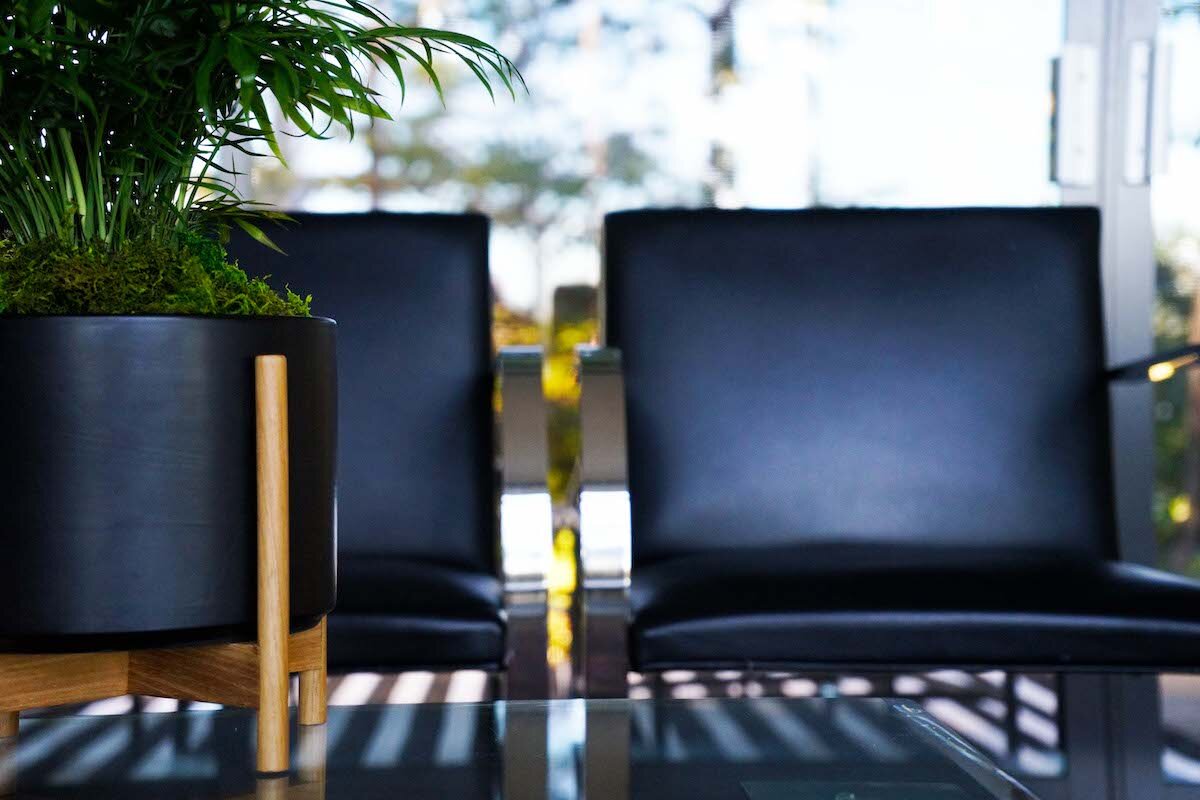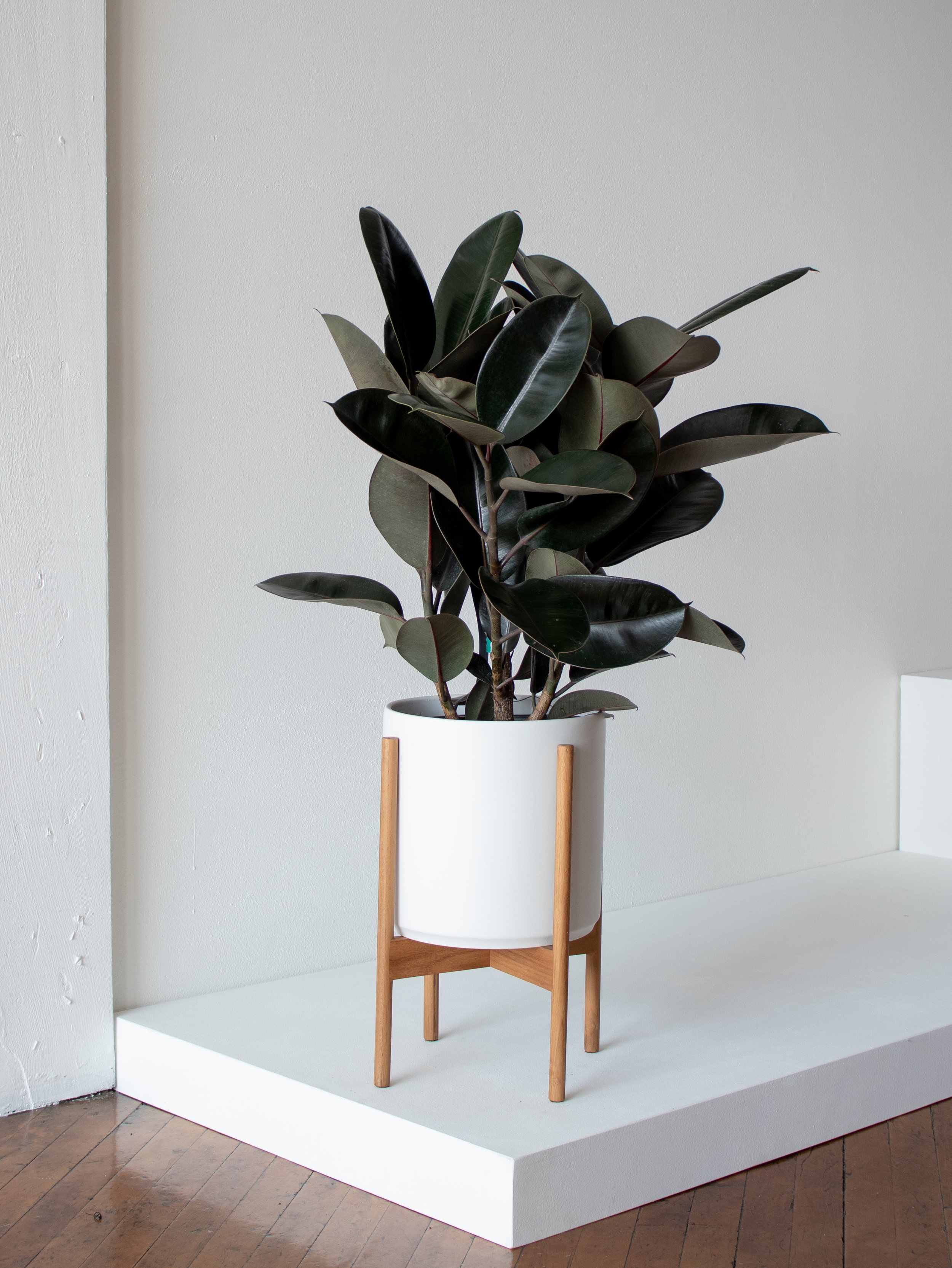6 Characteristics of Mid-Century Style, And How To Use Them
Mid-century modern design rose to popularity during the 1930s and 40s but never quite went out of style. Today the term mid-century modern (MCM, for short) is more ubiquitous than ever, and pairs well with both vintage and modern homes alike. Defined by organic shapes, minimal decor, and a focus on functionality, this style of interior design is undeniably timeless and relatively simple to emulate at home.
Looking to incorporate some mid century furniture and style into your home? Read on for basic principles to attain this look!
Basic characteristics of mid-century modern interior design
1. Organic and geometric shapes
Mid-century modern style focuses on clean lines with a mix of both organic and geometric shapes. Simplicity rules, and some of the most basic mid-century modern furntiure pieces like coffee tables and chairs are often the most beautiful. Mid-century modern furniture is generally easy to spot, but when looking for new pieces, go for simple designs with minimal elaboration.
2. Function over form
While mid century modern furniture pieces are undeniably beautiful in their simplicity, this style is all about functionality. Generally minimal in looks, no piece is without its purpose. This attention to functionality also explains why vintage pieces from this era are still circulating today—they were made to last!
Mid-Century Modern Ceramics
The perfect vessel for your living greenery, available in various sizes and colors.
3. Minimal ornamentation
Similar to Scandinavian design, mid-century modern style is one without clutter or superfluous ornamentation. Statement pieces like large sculptures or plants are more common, whereas small trinkets or collections are generally out of sight. Mid-century modern living rooms focus on the simple basics, for example, with just a few pieces to complete the look. In line with functionality, avoid clutter or items that you simply don’t use or admire.
4. Contradicting materials and textures
Though wood and wood veneer are typical elements of mid-century modern style, designers of the time did a fair amount of experimentation with other materials that were new to the era like plastic, formica, and acrylic. As such, don’t be afraid to mix and match organic and synthetic materials to create a mid-century modern look.
Mid-century modern is all about simple shapes, functional elements, and minimal ornamentation, and indoor plants add a bit of life to the look! Pictured from left to right are the Bird’s Nest Fern, Bird of Paradise, and Red Congo.
5. Neutral (and bold!) colors
Neutrals never go out of style, and such is the case in this type of interior design. Traditionally, the midcentury palette ranged from bright hues in the 1950s to warmer earthy tones in the 1960s, leaving a lot of room for flexibility. For a modern touch, use neutral tones with occasional splashes of color, like a bright accent chair.
6. Bringing nature indoors
Big, flat-paneled windows and homes integrated with their surroundings are common of mid-century modern design. Bringing natural elements indoors, from the raw materials of the pieces to living houseplants as decor, is a great way to emulate this timeless look.
Have a style crush yet? Shop our mid-century modern planters (or some of the best mid-century modern plants!) to start your collection today!
INDOOR PLANTS, potted & DELIVERED
Premium plants paired with stylish ceramics, plus lifetime plant care support. Order online at leonandgeorge.com



